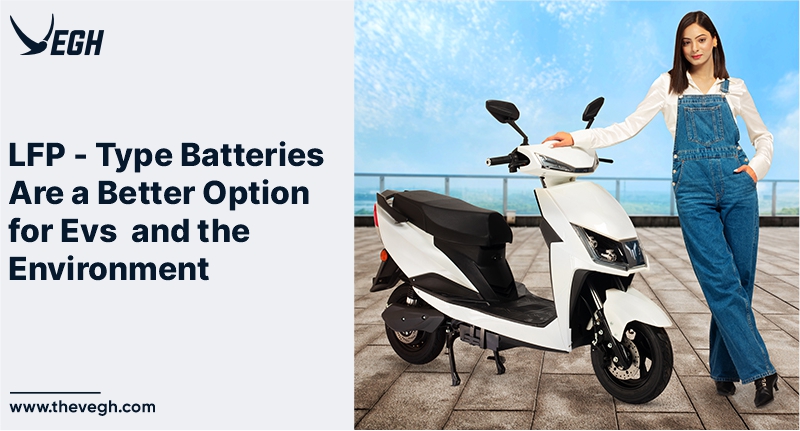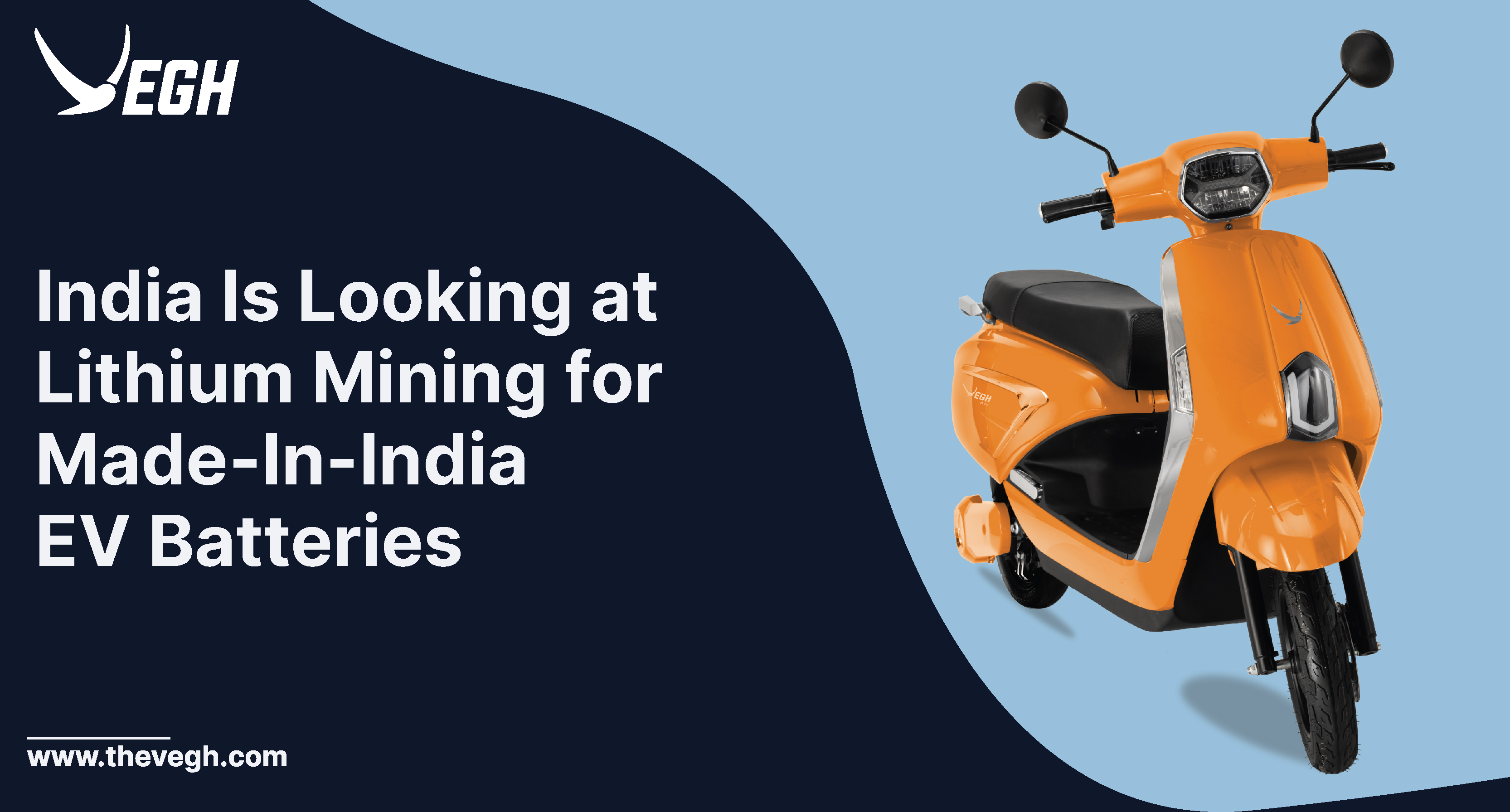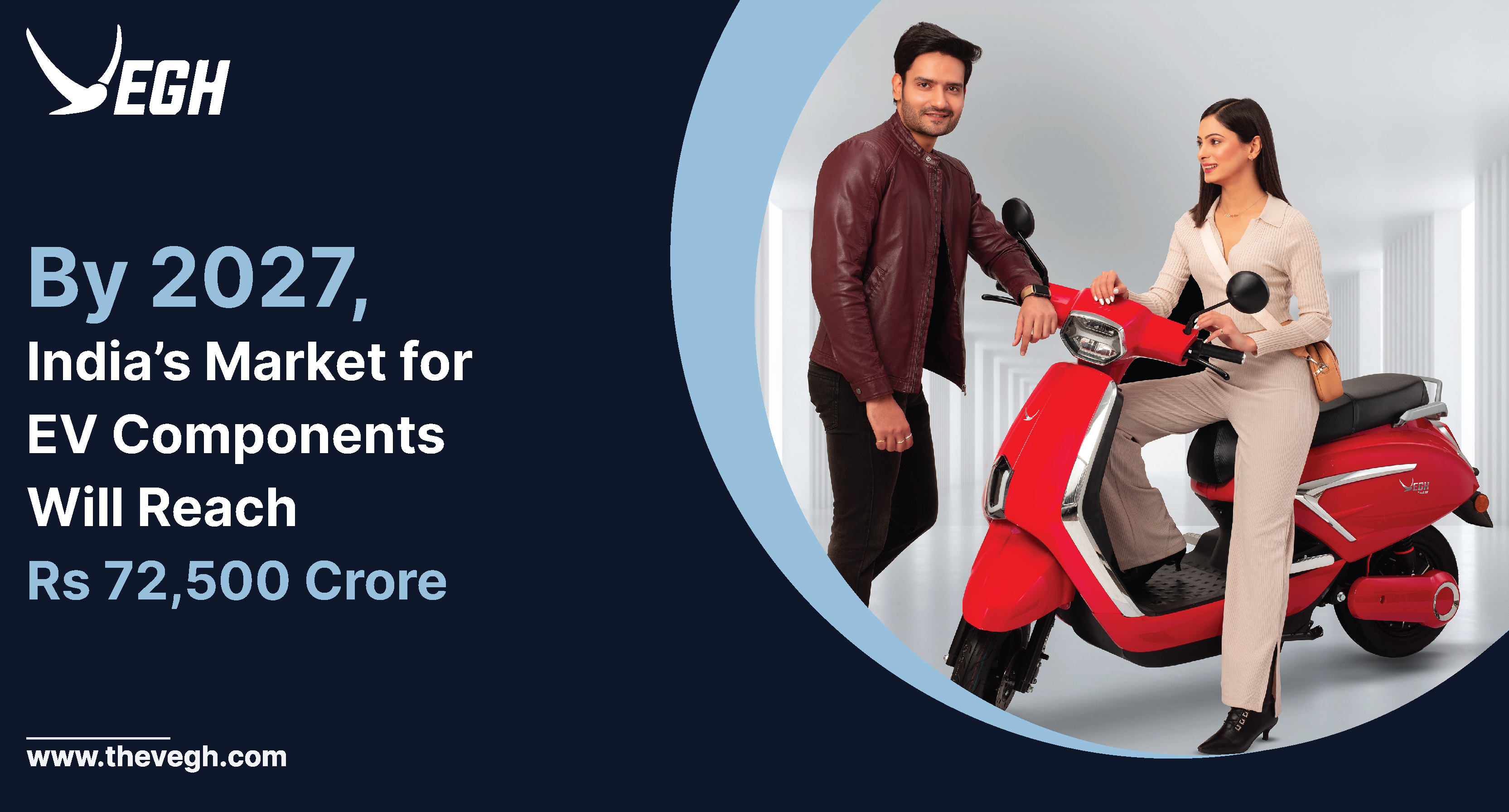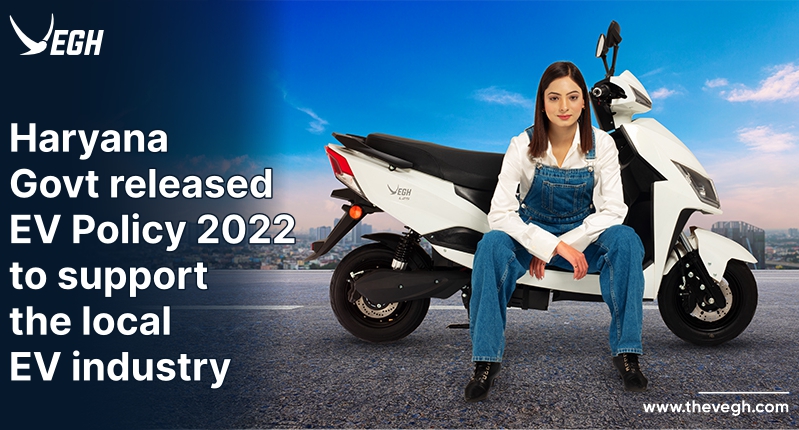
“Lithium batteries are widely used in the manufacturing of the ev batteries. LFP-based ev batteries are much safer than NMC-based batteries. Other than the safety, they are also more durable than the NMC”.
The global automobile and transportation industries are one of the biggest sources of carbon emissions today. The trend of having one for every member of the home has expanded private ownership, increasing the number of automobiles on the road. In order to achieve the goal of reducing carbon emissions, governments of many countries are placing a greater focus than ever on the seamless transition from conventional vehicles to EVs.
Electric vehicle producers throughout the world are emphasizing the need to build better-performing EVs in light of recent developments in the automotive industry. Even if new, futuristic-looking electric two-wheelers are all the rage, their performance is still heavily (40 percent) influenced by the power and output of their batteries. As a result, the threshold has been set for a fast accelerating pace to open new paths for advanced chemical compositions (ACC) in battery kinds for electric vehicles. Technical know-how and active research and development are now bringing batteries that are safer, perform better, charge quickly, and run for longer. LFP, advanced chemistry in the first-line gen of batteries that are readily available worldwide, is one such type of battery that has been demonstrated to be benign.
Due to their safer lithium chemistry, “LiFePO4” or “LFP” batteries are more durable than other commonly used EV batteries like NMC and perform better in terms of thermal and structural stability. In terms of cycle life and safety, they also outperform other Li-ion batteries that are frequently used.
And that is because the essential components of an LFP—Iron and Phosphate—are abundant and naturally present in the nation. Therefore, unlike nickel and cobalt, they don’t need to be extensively excavated at deeper depths. If a battery is being made in India, toxic materials like nickel and cobalt must be imported because they are not readily available there. The erratic price of the cryptocurrency nickel experienced a 107 percent price increase in March 2022, driving up the overall costs of making an EV in the nation and hindering the move to EVs.
It has been established scientifically that LFPs are a superior substitute to others after years of study and testing. Due to their capacity to resist temperatures 30% higher, they can also withstand the harsh tropical climes of India. The design of the battery pack for the LFP battery must also ensure maximum heat exchange with the environment in addition to efficient heat dissipation and thermal stability. Thus, it is important to keep the battery pack cold while using a two-wheeler.
Low self-discharge rates in LFPs allow for a greater range and a longer life cycle. Once further demonstrated, LFP chemistry offers three times longer lifecycles. They are made to discharge up to 80 to 90 percent of the total capacity without long-term harm, which translates to a greater range, and are therefore less vulnerable to issues brought on by the depth of discharge.
LFPs also pose less of a threat to the environment and are less poisonous. They prove to be significantly more beneficial and lasting not only during their useable life cycle in EVs but also during their end-of-life cycle, for example: for static applications like UPS. The Indian EV industry now requires goods that are conceived, developed, and manufactured locally taking into account the geography, environment and end-user in India.









